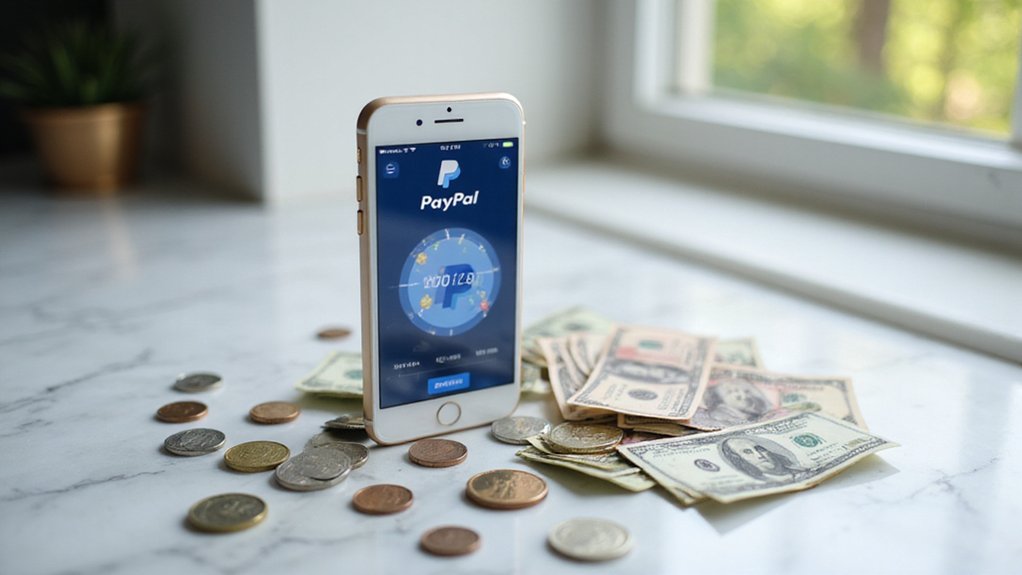The paradox of potential weighs heavily on Bitcoin‘s shoulders as it struggles to breach the elusive $150,000 threshold—a ceiling that seemed inevitable just months ago.
Despite a remarkable influx of nearly 40 million cryptocurrency users worldwide in the latter half of 2024, Bitcoin finds itself in an adoption conundrum that belies its price expectations.
The cryptocurrency, heralded as digital gold by its proponents, remains in the portfolios of merely 4% of the global population—a statistic that speaks volumes about the untapped market still available to this nascent asset class.
With 96% of the global population still on the sidelines, Bitcoin’s untapped potential remains its most compelling investment thesis.
India has emerged as the unexpected frontrunner in Bitcoin adoption with 75 million users, followed by erstwhile skeptics China and the United States.
This geographic distribution reveals the curious disconnect between regulatory posturing and actual market penetration; China’s significant user base persists despite its government’s notoriously stringent stance toward cryptocurrencies.
Regulatory environments, it seems, function less as barriers and more as inconvenient hurdles in the path of determined investors.
Economic conditions continue to serve as Bitcoin’s most compelling narrative.
In nations like Brazil and Indonesia, where inflation erodes purchasing power with alarming regularity, Bitcoin’s fixed supply proposition resonates particularly well.
The mounting U.S. debt—a figure that once inspired genuine concern but now elicits mere shrugs from market participants—further strengthens Bitcoin’s case as a dollar hedge.
Fed rate cuts, while theoretically beneficial for risk assets through increased liquidity, have yet to catalyze the substantial price movement Bitcoin enthusiasts anticipate.
With Bitcoin’s market cap exceeding $1.7 trillion at a price of approximately $87,645 per coin, the asset shows impressive dominance but still hasn’t reached its full potential.
Technological advancements in blockchain infrastructure and user experience improvements have addressed many of the early adoption barriers, yet market volatility remains the persistent bogeyman for potential newcomers. The significant decline in wallet downloads during 2022 compared to 2021 illustrates the chilling effect that market downturns have on user acquisition.
The asset’s notorious price fluctuations, while providing seasoned traders with ample opportunity, introduce psychological barriers that many retail investors simply cannot surmount.
The introduction of products like CME Group’s Bitcoin Friday Futures has improved market accessibility, but hasn’t yet translated to the mass adoption needed for dramatic price increases.
Until Bitcoin achieves a more stable price discovery mechanism—or until newcomers develop higher risk tolerance—the journey to $150,000 may continue to progress in frustrating fits and starts rather than the smooth ascent true believers envision.









